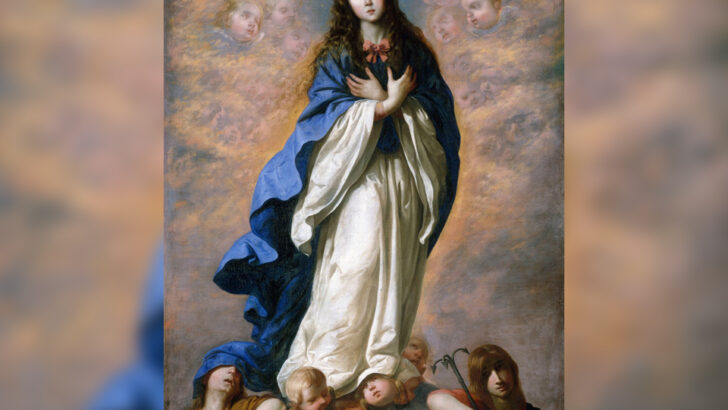Recently Dr Peter Cherry retired from his post as a long time lecturer on the history of art in Trinity College.
Among his other activities there was directing a seminar for final-year students on “Art and Religion in the Hispanic world”.
Of essential assistance to his teaching programme at all levels was the nearby presence in the National Gallery of Ireland of an internationally significant collection, built up since the gallery’s earliest days in the nineteenth century, of Iberian religious art, a mere two minutes walk for students from Trinity.
Dr Cherry’s retirement was marked by an all day seminar in Trinity attended by many art historians. But there was also an event open to the general public of an afternoon lecture on “Spanish art in Dublin – a fond farewell.” As Dr Cherry is moving to Madrid he will have even larger collections of art to explore in more detail on a year round basis.
Spanish religious art can, however, present problems for viewers. Dr Cherry mentioned, indeed, the confusions in the minds of his students (and perhaps a great many others) about the concepts of “The Immaculate Conception of Mary” and the “Incarnation of Jesus Christ”. These confusions are perhaps shared by many others these days, when precise theological definitions seem to belong to a distant and now lost world of certainty. Dr Cherry aimed in his lectures to dissipate some of those confusions.
Many of the Spanish religious works on display in the NGI were not intended for private houses, of course — other kinds of portable art filled that role. These images, however, came from palaces, cathedrals, churches and convents. They were created as aids to devotion; but now they are appreciated largely for their artistry and mastery.
In retirement Dr Cherry who has widely published articles mainly in The Burlington magazine, will be able to find the time, uncluttered by administration and teaching to draw together his discoveries and insight into writing a book, perhaps even the definitive book, on Velásquez, who came of a conversos family (that is to say a formerly Muslim family), and much of whose life’s work was devoted to religious subjects. In the NGI the enigmatic Kitchen Maid with the Supper at Emmaus has always attracted attention. For a long time the background scene of Jesus with the disciples, was covered over. Only the restoration work of art historians brought it to light. It is a reminder to us that even well known works of art have still much to reveal to us. It is all a matter not just of looking, but of really seeing what is there.
His friends, colleagues, and former students will look forward to more from Dr Cherry on Velásquez.


 Peter Costello
Peter Costello One of the important Spanish art treasures in the National Gallery: “The Immaculate
Conception”, by Francisco de Zurbarán (1598-1664), early 1660s (© National Gallery
of Ireland).
One of the important Spanish art treasures in the National Gallery: “The Immaculate
Conception”, by Francisco de Zurbarán (1598-1664), early 1660s (© National Gallery
of Ireland).